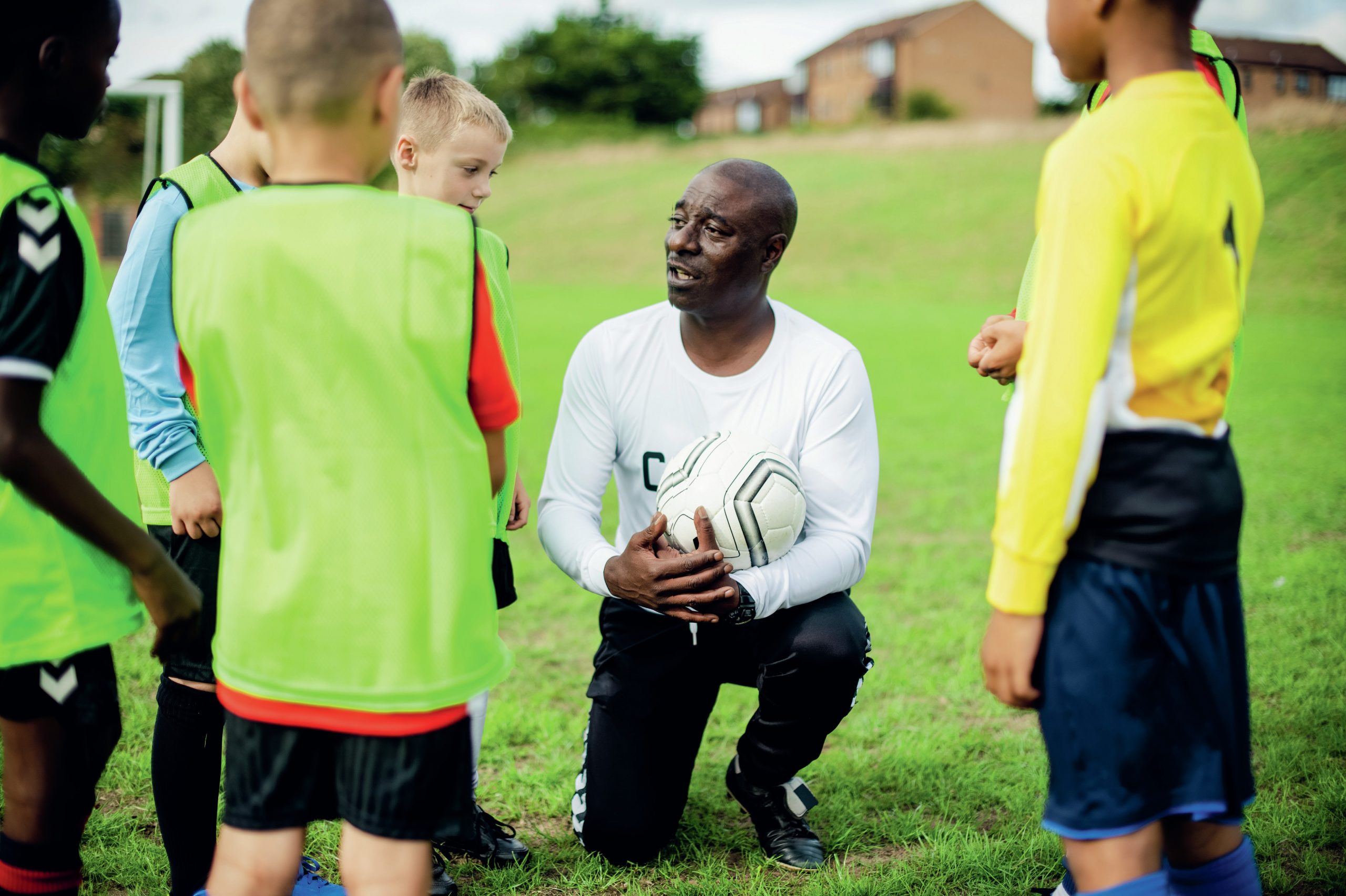
Intrinsic information is associated with the feel of the movement as it is being performed. It is also called kinaesthetic feedback and is detected by proprioceptors, which are present in muscles, tendons and joints.
Intrinsic feedback cannot readily be deployed during the cognitive stage of learning (see pp. 22–25), but develops during the associative stage. It is utilised best from the onset of the autonomous stage, helping to correct movement during performance. For example, a pole vaulter will make small adjustments to their action and body shape during flight.
Your organisation does not have access to this article.
Sign up today to give your students the edge they need to achieve their best grades with subject expertise
Subscribe




